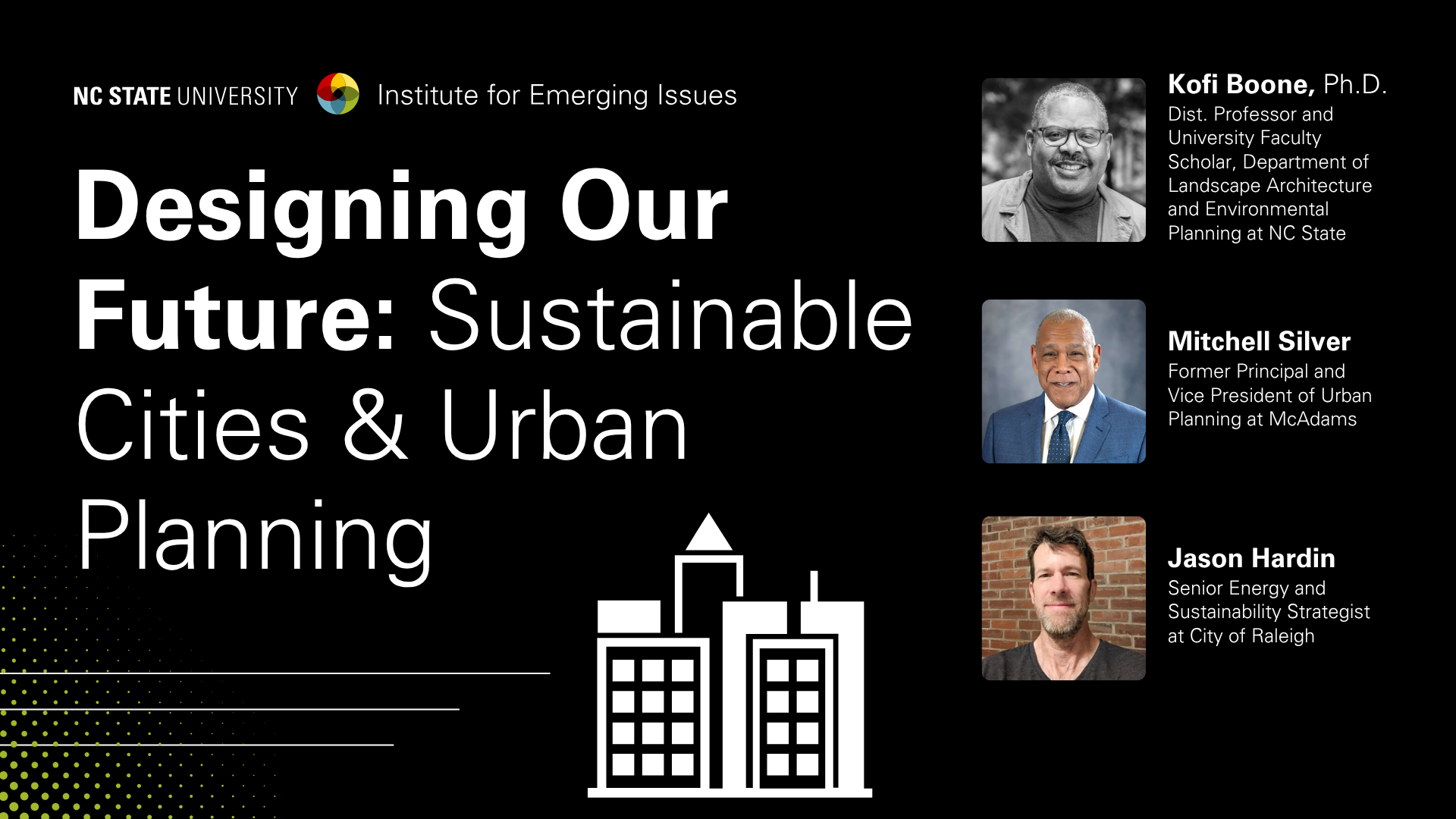What Your Faith Community Can Do About Digital Inclusion Today
IEI has prioritized resources, information, and funding for digital inclusion efforts in North Carolina in 2020. The rural faith team is working with congregations facing a spectrum of internet issues: lack of broadband access, students learning remotely, affordability, senior citizens learning how to work devices, etc.
Heading into winter, we know existing broadband challenges are about to be exacerbated—some funding for stopgap measures through providers and governments runs out at the end of December along with a number of economic measures to support families—like loan deference—expiring.
As cases rise and temperatures drop, current rhythms for many rural communities (limited in person religious services, in-person school, etc.) are anticipated to be disrupted. Thinking of becoming an even more virtual society is overwhelming to many, but we don’t have to do it alone.
Connecting your congregation and community is possible for every faith community to try. Here are five digital inclusion (DI) practical steps to take right now:
- Learn: Digital Inclusion 101
The language around digital inclusion is new to many folks, though we see it play out all the time. Access to broadband usually refers to infrastructure—is there possible internet access in your area? Satellite, fiber, cable, hotspots, etc. But, can people actually use it?
Digital inclusion: includes affordable access to the internet, a device that meets someone’s need, and knowing how to use it.
Digital Inclusion is an equity issue. We can see that based on who’s connected in North Carolina. Take a look at the National Digital Inclusion Alliance’s DI definitions to learn why digital inclusion is an equity issue.
- Resources: Online Worship
We know trying to figure out connecting your own congregation to virtual tools is confusing, ever changing, and frankly exhausting. We’re hearing numbers are down, connection feels harder to maintain, and faith leaders and congregants are weary.
Join three free upcoming “Technology Boot Camp for Ministry Leaders, Churches, and Church Executives” sessions:
December 4: Google Meets + Workspace
December 11: Video Conferencing + More
December 18: Maximize Your Giving Options
Our partners at The North Carolina Council of Churches have put together an extensive resource list for all things for online ministry: reopening guides, liturgical content, and upcoming events.
And here are some virtual ministry ideas from the Center for Leadership Excellence through the North Carolina United Methodist Conference.
- Partnership: BAND-NC—do you see your county?
IEI has given out over 36 funding and technical assistance grants to communities in North Carolina figuring out digital inclusion through our BAND-NC project. Check out our map and see if your county is listed. If it is, email kdfoley@ncsu.edu to get connected to your local project to learn how faith communities can benefit.
Regardless if you see your county, you can learn about making a digital inclusion plan. Check out our recent BAND-NC workshops:
Workshop 1 Recording: Passcode: S3H%&ytW
Workshop 2 Recording: Passcode: EG.F1qYZ
What does a Digital Inclusion plan look like? Check out this example from our friends in rural Rush County, Indiana (featured in our second workshop).
- Explore: NC Broadband Public WiFi Map
When we talk with faith leaders, many don’t know all the public WiFi hotspots that exist already in their county. Click on your location to see here. Who else in your congregation, schools, or community should know about this list?
- Speak Up: Digital Inclusion Champion
Only two NC counties (Durham and Mecklenburg) have official digital inclusion plans. Many more are in the works through IEI’s BAND-NC project.
We encourage faith leaders to send an email to their county manager, city/county councils, or local library to ask about any community-wide digital inclusion efforts.
If there aren’t any, we’re looking for faith communities to start the conversation about convening stakeholders (business, education, faith, nonprofit and government leaders). We know faith leaders can use their credibility and influence to help their local resources partner and work together, prioritizing communities left digitally excluded by the pandemic.
Sample email:
Hello! My name is [insert name] and I’m a faith leader at [insert faith community] in [insert town]. I wanted to ask about digital inclusion efforts in the county. We know many people before the pandemic didn’t have affordable access to broadband as well as devices or digital literacy skills. I see this in my own congregation. Are you familiar with groups working on this issue? I’d like to learn more. Thank you!
We’d love to hear how to help you think through digital inclusion as a faith leader. Email kdfoley@ncsu.edu to set up a time to speak!
- Categories:


